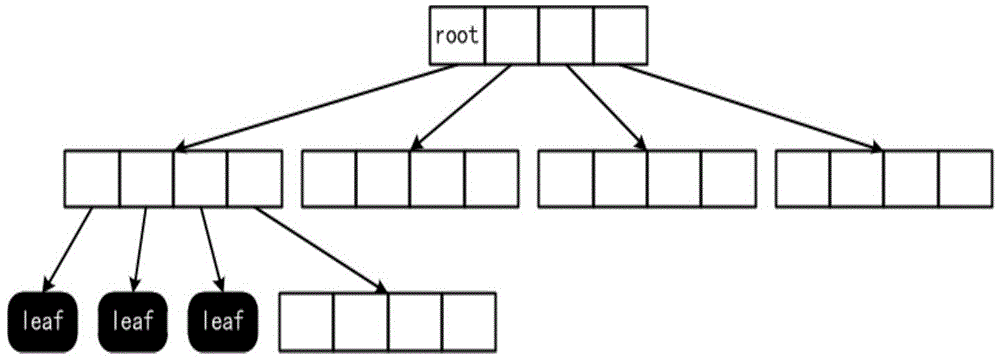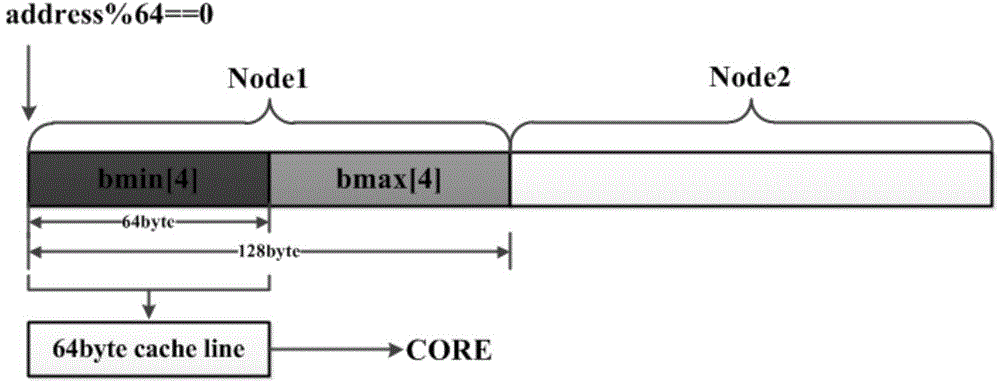Light tracing parallel optimization method based on Intel many-core framework
A technology of ray tracing and optimization method, applied in 3D image processing, instruments, computers, etc., can solve problems such as performance degradation, thread scheduling delay, efficiency reduction, many registers and local storage space, etc., to reduce data transmission time. , the effect of improving utilization
- Summary
- Abstract
- Description
- Claims
- Application Information
AI Technical Summary
Problems solved by technology
Method used
Image
Examples
Embodiment Construction
[0054] Below in conjunction with accompanying drawing and embodiment the present invention will be further described:
[0055] For a rendering method, it is the process of converting a three-dimensional scene into an image. Before the rendering task starts, the expression of a 3D scene in the modeling software is converted into a data expression that the rendering engine can read and recognize. The scene includes information such as cameras, geometry, light sources, materials, and map textures. The user submits a scene data file package containing complete information, and the rendering engine can recognize the camera, geometry, light source and other information described in these files. After the entire scene data is read in, the rendering algorithm starts, coloring and outputting the image.
[0056] like Image 6 , we take the Sibenik cathedral scene as an example to illustrate the advantages of the present invention. This is an interior scene of a church. The light sour...
PUM
 Login to View More
Login to View More Abstract
Description
Claims
Application Information
 Login to View More
Login to View More - R&D
- Intellectual Property
- Life Sciences
- Materials
- Tech Scout
- Unparalleled Data Quality
- Higher Quality Content
- 60% Fewer Hallucinations
Browse by: Latest US Patents, China's latest patents, Technical Efficacy Thesaurus, Application Domain, Technology Topic, Popular Technical Reports.
© 2025 PatSnap. All rights reserved.Legal|Privacy policy|Modern Slavery Act Transparency Statement|Sitemap|About US| Contact US: help@patsnap.com



